New committee started on diversity
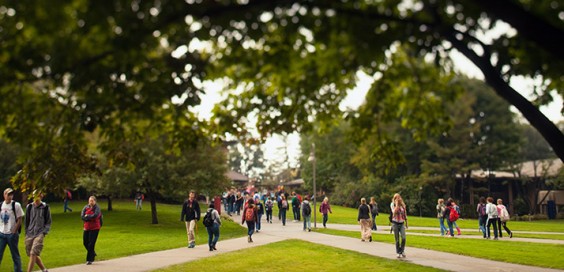
Photo Courtesy calvin.edu
Matt Seafield, student senate’s vice president of administration, started a student senate mandate committee on diversity of the faculty this semester. The committee — which consists of 14 students and student senators from a variety of backgrounds and disciplines — aims to discuss and present ideas for promoting diversity and inclusion among Calvin faculty.
“The reason for creating the committee was to interact with the administration in a way that would show them that the push for more racially diverse faculty at Calvin comes from students and originates with students,” said Seafield. “Students believe it would enhance the academic value of their education by offering a diverse array of perspectives.”
The committee’s advisors are Bob Crow, director of commuter student life and assessment, and Khayree Williams, assistant dean for multicultural student development office (MSDO). This week, the committee is sending out a letter to each of the 15 departments that are hiring for next year asking that they consider diversity in their hiring practices.
Michelle Loyd-Paige, associate to the president for diversity and inclusion, said that 28.3 percent of Calvin’s 2016 hires were people of color. That puts Calvin in the 95th percentile for diversity hires compared to 40 of its peer institutions. Loyd Paige also noted that in addition to having more diverse employees, these employees are increasingly being hired into roles that are not expressly related to developing diversity at Calvin.
“We’re tracking and measuring these things,” said Loyd-Paige. “So it’s not just this abstract ideal that we want to do better, but we actually have things that we’re looking at to objectively say, are we doing better or not?”
Moreover, Calvin currently promotes diverse hiring by advertising positions to affinity groups, creating intentional relationships with academics at other institutions and requiring hiring committees to participate in unconscious bias training.
However, as Seafield said, although Calvin has 28.3 percent diverse hires, only 11 percent of the faculty currently identify as non-white. Seafield suggests that this statistic is problematic, especially since roughly 28 percent of Calvin’s students are students of color.
The percentage of diverse faculty at Calvin has remained around 10–11 percent since 2013. There are a range of reasons why this percentage remains static. The barriers to diversity are varied, and as Loyd-Paige indicated, come into play in different ways depending on the individual.
One reason for this is Calvin’s location. Loyd-Paige said Western Michigan, and Grand Rapids in particular, is not always a welcoming location for people of color. Calvin’s egalitarian pay-scale is another factor. While there is a general pay difference between working at a private college and public university, the heightened demand for diverse faculty increases the disparity for people of color. Loyd-Paige said that an academic person of color with a PhD in a professional program can be paid twice as much at a public university than at Calvin.
Another potential barrier to faculty diversity is the faculty membership requirements. Calvin College requires its faculty and staff with faculty status to be members of a congregation in the Christian Reformed Church or any church in ecclesiastical fellowship with the CRC. Yet many people of color were raised in other faith traditions, including the Baptist and Catholic traditions, and may not want to change denominations for a position at Calvin.
Seafield said that requiring underrepresented applicants to have Reformed church membership and send their children to a predominately white Christian school is “taking an already small applicant pool and making it smaller.”
Seafield argued that the committee’s commitment to a diverse faculty fits into Calvin’s Reformed calling and mission. He asked, if God’s kingdom is diverse, shouldn’t Calvin seek to reflect that diversity in its faculty?
Seafield also said, “Having a more diverse faculty will improve the exchange of ideas, perspectives, and worldviews at Calvin in the classroom, and ultimately I think it will result in a more productive and thriving academic environment.”
Loyd-Paige added that Calvin has transformed significantly since its original establishment as a training school for male, Dutch-immigrant pastors. Therefore, it is important to consider how Calvin’s understanding of “Reformed” might need to change with Calvin’s institutional identity and student body.
In addition to sending a letter to the departments hiring this year, the student senate mandate committee on diversity of the faculty hopes to gather more data on what Calvin students think about the diversity of Calvin’s faculty. Seafield said he hopes the year culminates in the committee being able to present a data analysis to the advisory council on diversity and inclusion to discuss ideas for changing faculty barriers in order to achieve more diversity and inclusion.
Loyd-Paige commented that while finding ways to promote diverse faculty hires is important, it is also necessary to work on inclusion with the diverse community that is already on campus.
“There’s always room for policy changes and programming changes, staff changing, and increasing diversity of populations,” she said. “But if we have not addressed what it means to be Reformed in this context, if we have not moved away from checking the box [in terms of fulfilling cross-cultural requirements] and if we have not worked on the inclusion of the people who are already here, what difference is it going to make if we increase the number of people who are here?”
To join the student senate mandate committee on diversity of the faculty or learn about its work, email mss28@students.calvin.edu.



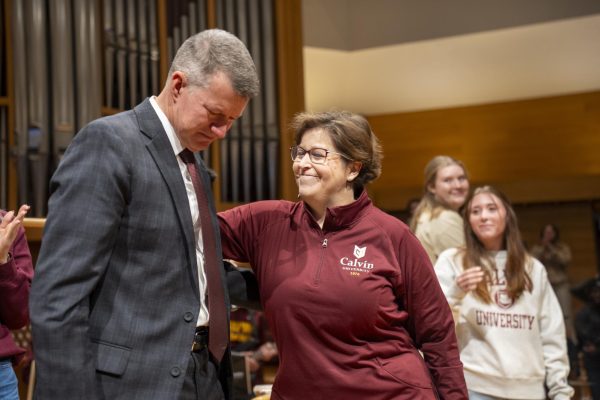
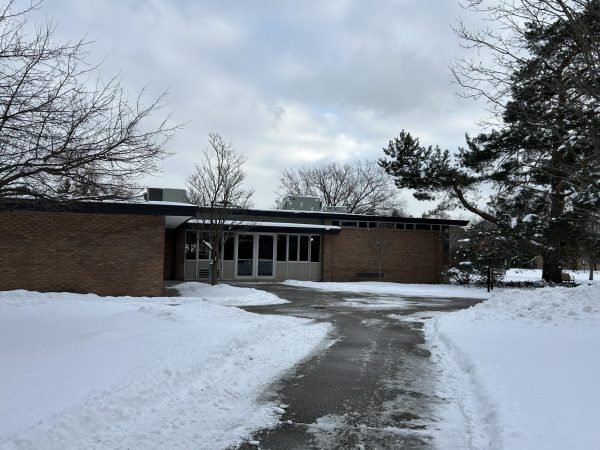
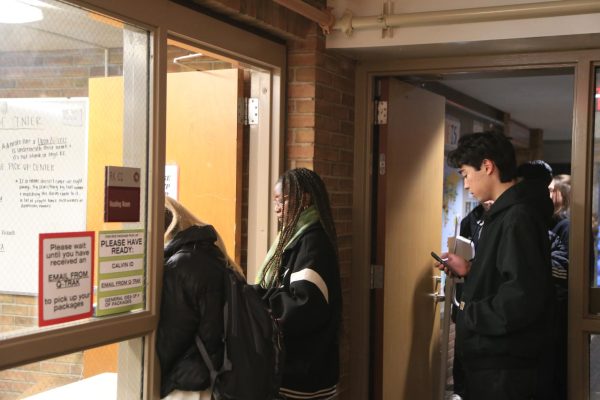
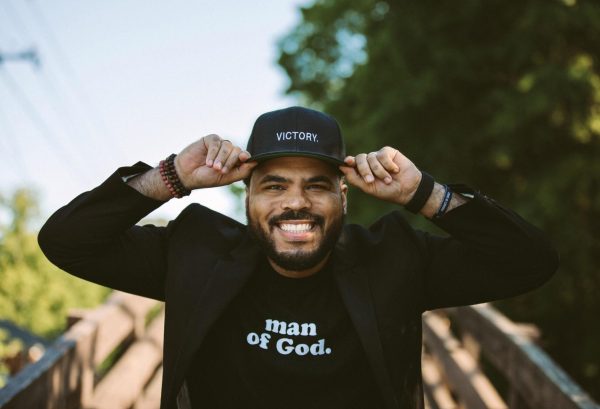



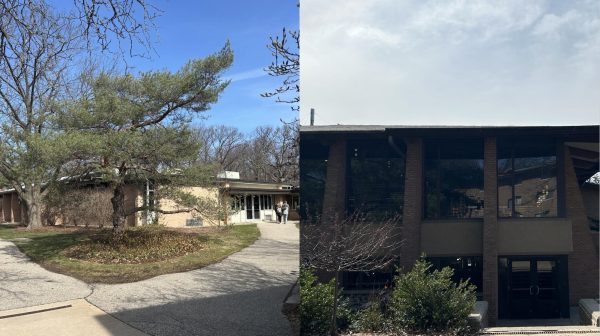
Anne • Feb 26, 2018 at 8:27 am
Sounds like this article is pushing diversity over qualification. Would the author rather hire a non white non qualified professor over a white qualified professor just so Calvin can be more diverse? If qualifications are equal between the two then let’s consider. This article however doesn’t mention qualification – it’s only pushing diversity.
Why is it “problematic” to have a lower percent of nonwhite professors teaching? Cannot any student, no matter the race, learn from any professor? It is not problematic
This article suggests it’s a problem to only hire CRC members as professors. Is not Calvin a CRC supported college? If the college begins to get a melting pot of professors, it will no longer uphold its roots and faith in the CRC.
This article is full of reverse discrimination Quit pushing diversity. Focus on quality and stay rooted in the Reformed faith
Robert • Feb 25, 2018 at 1:54 pm
“requiring underrepresented applicants to have Reformed church membership and send their children to a predominately white Christian school”
Why do I have this weird idea that applicants are not actually required to send their children to a “predominantly white” school. More problematic, this article is chock full of the idea of the identity politics assumption that one’s race is inherently tied to many other aspects of who they are – which is false and, really, un-Christian.